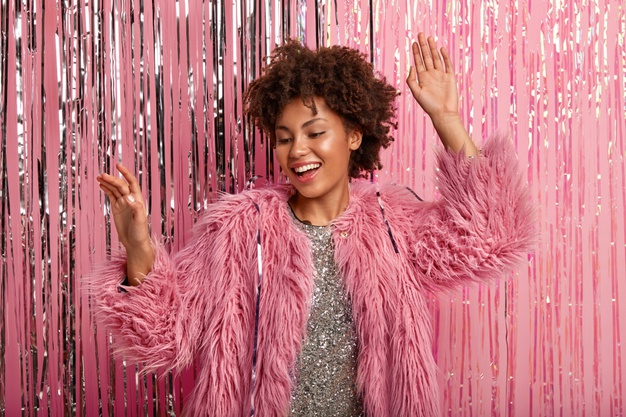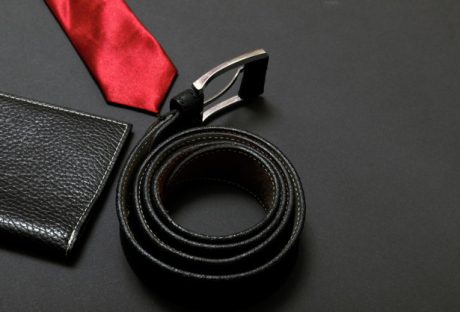“You can have anything you want in life if you dress for it,” said the famous American costume designer, Edith Head. The professionals responsible for influencing people’s dressing choices are the coveted fashion designers we all love to draw inspiration from. However, the fashion industry has come a long way – no longer is it dominated by fashion designers. If you’re also looking to enter this industry, you can opt for different fashion design courses based on your unique sensibilities, as discussed below.
Fashion designing

In short, the art of designing beautiful clothes and relevant fashion accessories comes under fashion designing. Looking at the work of famous fashion designers, students of these courses are given a thorough understanding of designing clothes that meet the cultural needs of their time and are at the same time, in line with the latest trends.
Under fashion design short course from reputed institutes like the Pearl Academy, students learn a whole lot about the different technical aspects of fashion designing such as freehand and digital sketching, color palettes, mixing and matching styles, knowledge of different textiles and how each drapes on the human body, history and evolution of fashion, trends within the industry, secrets of top fashion designers, and more. Using a fashion design course, students can make a successful career as a fashion designer or other products’ designer, such as footwear, headwear, jewelry, and other accessories.
Visual merchandising
Where fashion designing courses teach students the art of designing original and influential designs, visual merchandising courses offer deep insights on making these designs attractive in the eyes of the brand’s target audience via various brand promotional strategies. These courses provide students knowledge on implementing different creative marketing strategies, strategic store displays, window signs, and even interior product placement, source and manage inventory on a budget, and more.
From brand managers to retail buyers and even visual merchandising bloggers, the career prospects for those having pursued this course are far and wide. These professionals are hired by marketing agencies, fashion stores, theatre companies, jewelry stores, and more.
Textile designing
Textile designing is a highly technical field wherein students are taught the art of creating designs for all kinds of fabrics – printed, woven, knitted, or surface ornamented fabrics, along with dying and embroidery. Students of this course will learn how to design fabrics based on their type and use. These designs can be for a certain body or space, and while textile designers are free to allow their imaginations to run wild, they still need to stay within the technical boundaries set by trends, culture, and of course, demand. Textile designing courses offer students a good eye for color, texture, and fabric patterns as well as different techniques of processing textiles.
Textile designers are often in high demand among garment and textile export houses, branded fashion showrooms, boutiques, retail outlets, textile manufacturing units, among others.
Fashion photography
Belonging to the umbrella of fashion communication, fashion photography is an exclusive genre of photography that deals with the display of clothing items and other accessories such as jewellery, headwear, even nail art, makeup, and hairstyles. Easy as it may appear, this field is all about showing the clothes and fashion accessories in such a manner that the particular brand’s products appear to be enticing to its target audience. Fashion photography students learn more than creative photography; they learn how to balance creativity with the brand’s business goals for promotional purposes.
Fashion photography is a highly lucrative career option involving different sub-niches such as catalog photography, editorial photography, high-end and street fashion photography, and more.
The world of fashion is advancing at an unparalleled rate. And where once only fashion designers reigned supreme in the industry, the fashion design industry has opened its doors wide for other successful fields worth exploring.
Read Also:























